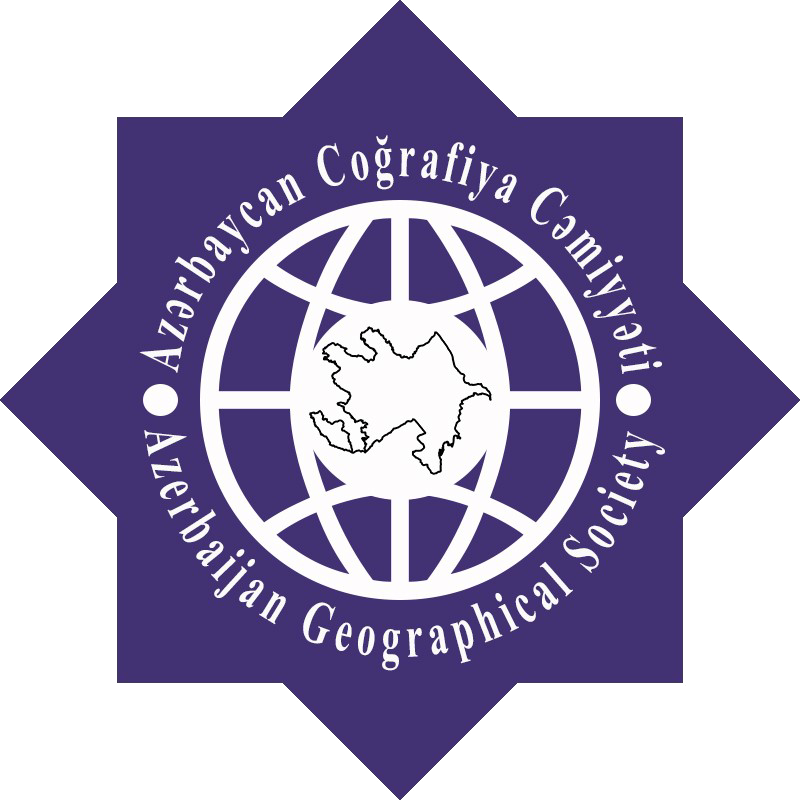CURRENT STATE AND RATIONAL UTILAZATION OF MOUNTAIN-CHESTNUT SOILS IN THE NAKHCHIVAN AR
M.A.Mammadov, M.I.Yunusov, G.N.Hajiyeva
Abstract. The physical and chemical features in humus layer (0-20) of the mountain-chestnut soils prevalent in middle mountains of the Nakhichevan AR, the degree subjected to degradation and mays of their preventing are examined in the article. The influence of right and inclination of locality, lithological content of soil forming rocks and factors on intensity of degradation processes are studied. Comparative analysis with data of previous years have been carried out as well. Difficult terrain conditions, the degree of dismemberment of the slopes, the exposure of dry continental and very warm climate conditions, the frequency of moderately dry winds in summer in this belt, dry steppes, xerophytic bushes and steppe vegetation at an altitude of 1500-2000 meters above sea level are formed in these areas. The influence of height, inclinations, exposure, lithological composition of soil-forming rocks, the rule of implementation of agricultural work in the territory, the location of different types of farms and other factors affecting the intensity of the degradation process were studied. Also, comparative analyzes with previous years’ analysis data were carried out. Comparative analysis of the current data by using soil analysis data of previous years (1975-1988) was carried out in this area, too.
Keywords: soil, layer, granule metric content, mountain chestnut, humus, nitrogen, environment
REFERENCES
- Babayev M.P. və başqaları Azərbaycan torpaqların morfogenetik diaqnostikası, nomenkulaturası və təsnifatı. Bakı, Elm, 2011, 448 s.
- Budaqov B.Ə., Babayev S.Y. Naxçıvan MSSR-nın landşaftı və onun kənd təsərrüfatı əhəmiyyəti. Naxçıvan Muxtar Sovet Sosial Respublikasının 50 illiyi, Bakı, Elm, 1975, s. 257-277.
- Əlizadə. E.K. və başq. Azərbaycan landşaftlarının ekogiokimyəvi şəraitinin insan sağlamlığına təsiri. AMEA Geologiya və Coğrafiya instutlarının birgə elm hesabatı. Bakı, 2016, 250 s.
- Məmmədov Q.Ş, Quliyev İ.Ə., Hacıyev S.Ə. Naxçıvan Muxtar Respublikasının torpaq örtüyü. Naxçıvan Muxtar Respublikasının Coğrafiyası, I cild, Fiziki Coğrafiya, 2017, s. 306-331.
- Məmmədova S.Z. Azərbaycanın Lənkəran vilayəti torpaqlarının ekoloji qiymətləndirilməsi və monitorinqi. Bakı, Elm, 2006, 369 s.
- Quliyev İ.Ə., Yaqubov Q.Ş.Ceyrançöl massivinin cənub-qərb Küryanı düzənliyi torpaqlarının təsərrüfat əhəmiyyəti. Coğrafiya və təbii resurslar, Bakı 2017, №1, s. 59-64.
- Salayev M.E., Məmmədov R.H. Naxçıvan MSSR-ın torpaqları və onlardan səmərəli istifadə. Naxçıvan Muxtar Sovet Sosialist Respublikası 50 illiyi, Bakı, Elm, 1975, s. 230-240.
- Алиев Г.А., Зейналов.А.К. Почв Нахичеванской АССР, Баку, Азернешир, 1988, с 238.
- Аринушкина Е.В.Руководства по химическому анализу почв. Изд. МГУ, 1970, 487с.
- Гасанов Ф.А. Основы рационального использования почвенных ресурсов в условиях горного Талыша. Автореферат кaнд. дисс. Баку1984, 24 с.
- Гасанов Ш.Г. Генетические особенности и бонитировка почв юго-восточного Азербайджана. Баку, 1978, 219 с.
- Захаров С.А. Почв Нахичеванской АССР, Изд. Аз. ФАН СССР, 1939
- Лобова Е.В., Хабарова А.В.. Почвы. Москва « Мысль» 1983, 304, с.
- Мамытов А.М. Почвенные ресурсы и вопросы земельного кадастра Киргизского ССР. Фрунзе 1974, 166 с.
- Розанов Б.Г. Генетические морфология почв, Изд-во Москва Университета, 1975, 293 с.
- Xтиров Н.Б. Методическое обеспечение мониторинг земель сельскохозяйственного назначения. Почвоведение, Москва, 2010, № 5, с. 634-636.
- Alizade N.B. Evaluation of landscape elements by hydrothermal potential of the soil environment // Journalof International Scientific Publications “Agriculture&Food”, ISSN 1314-8591, v. 3, 2015, Bulgaria, p. 138-144.
- Cakmak I. (2002). Plant nutrition research priorities to meet human needs for food in sustainable ways. Plantand Soil, 247, 3-24.
Publication Date : January 27, 2020
